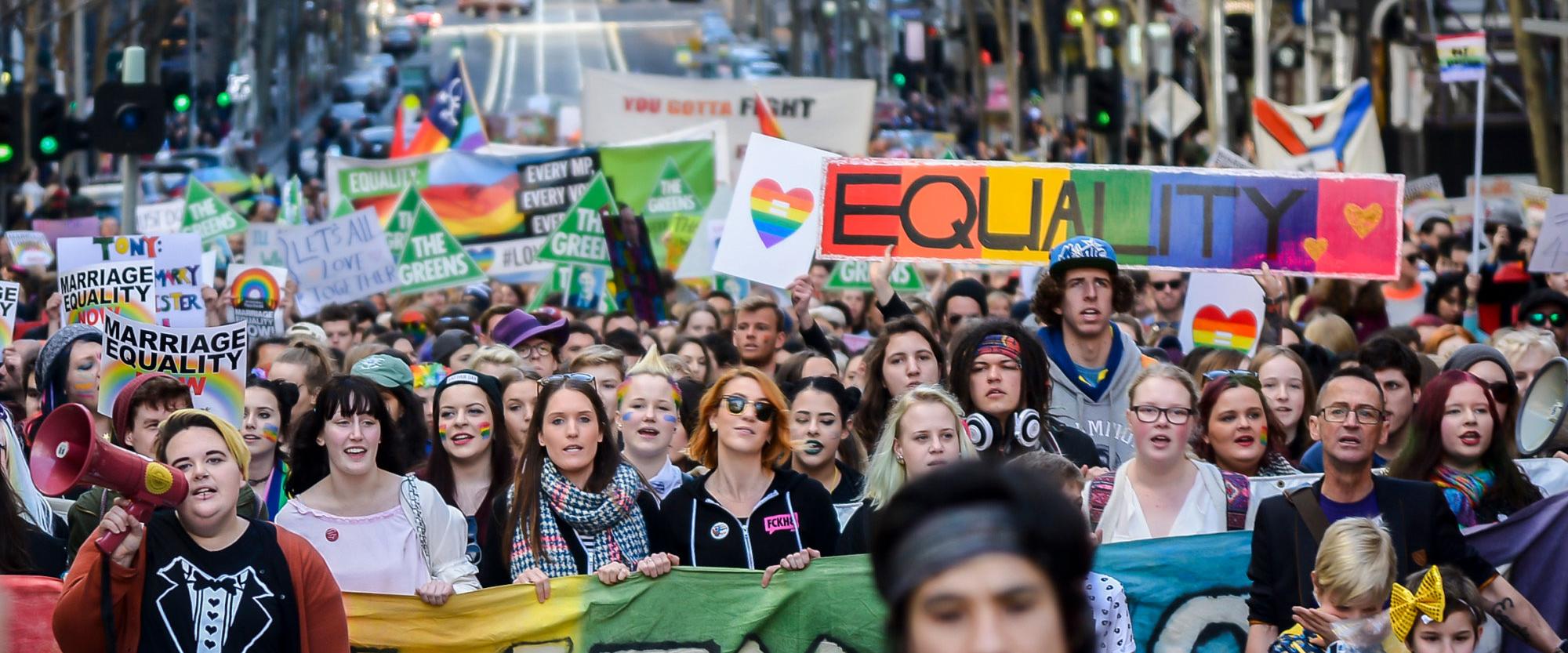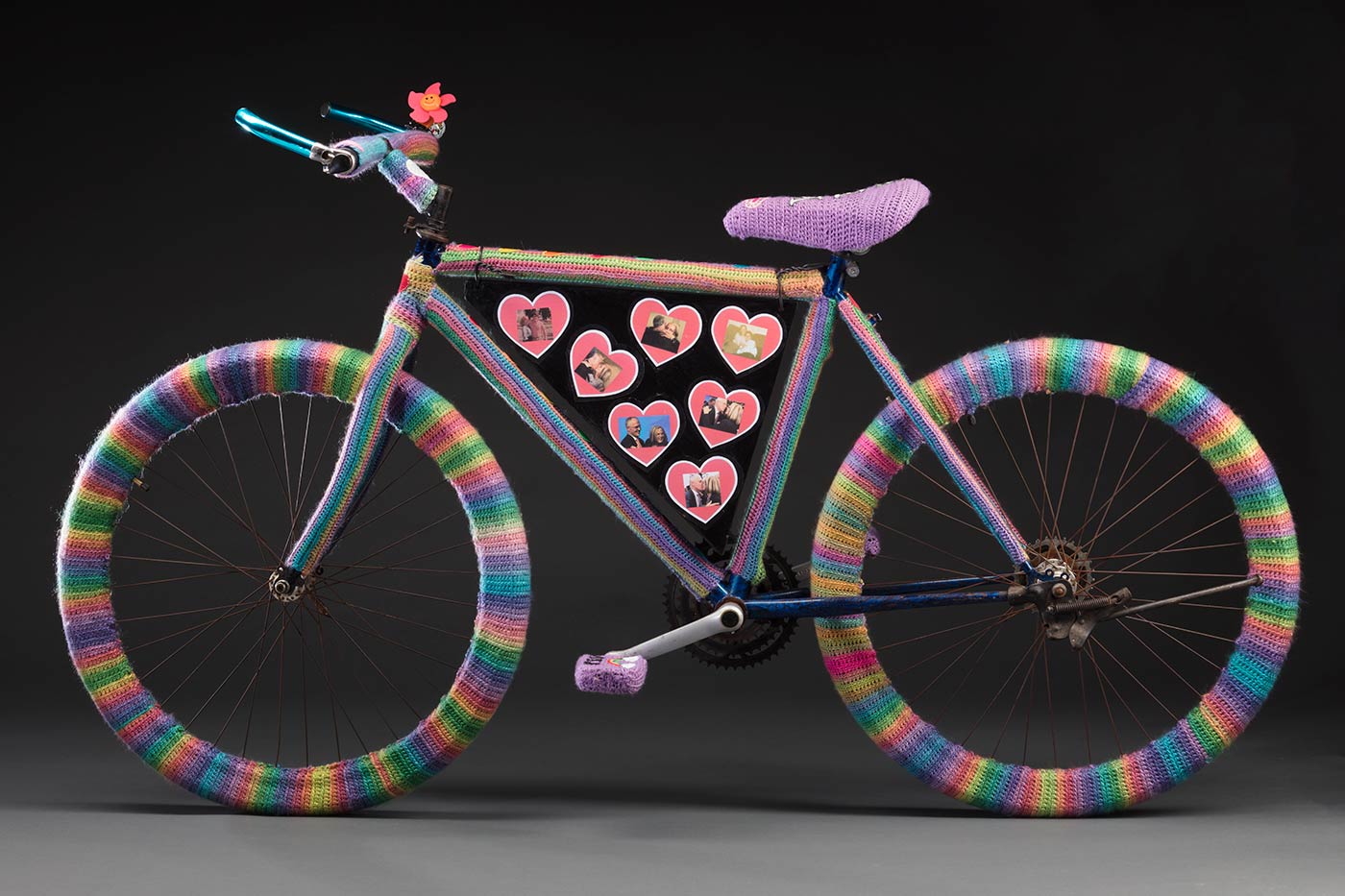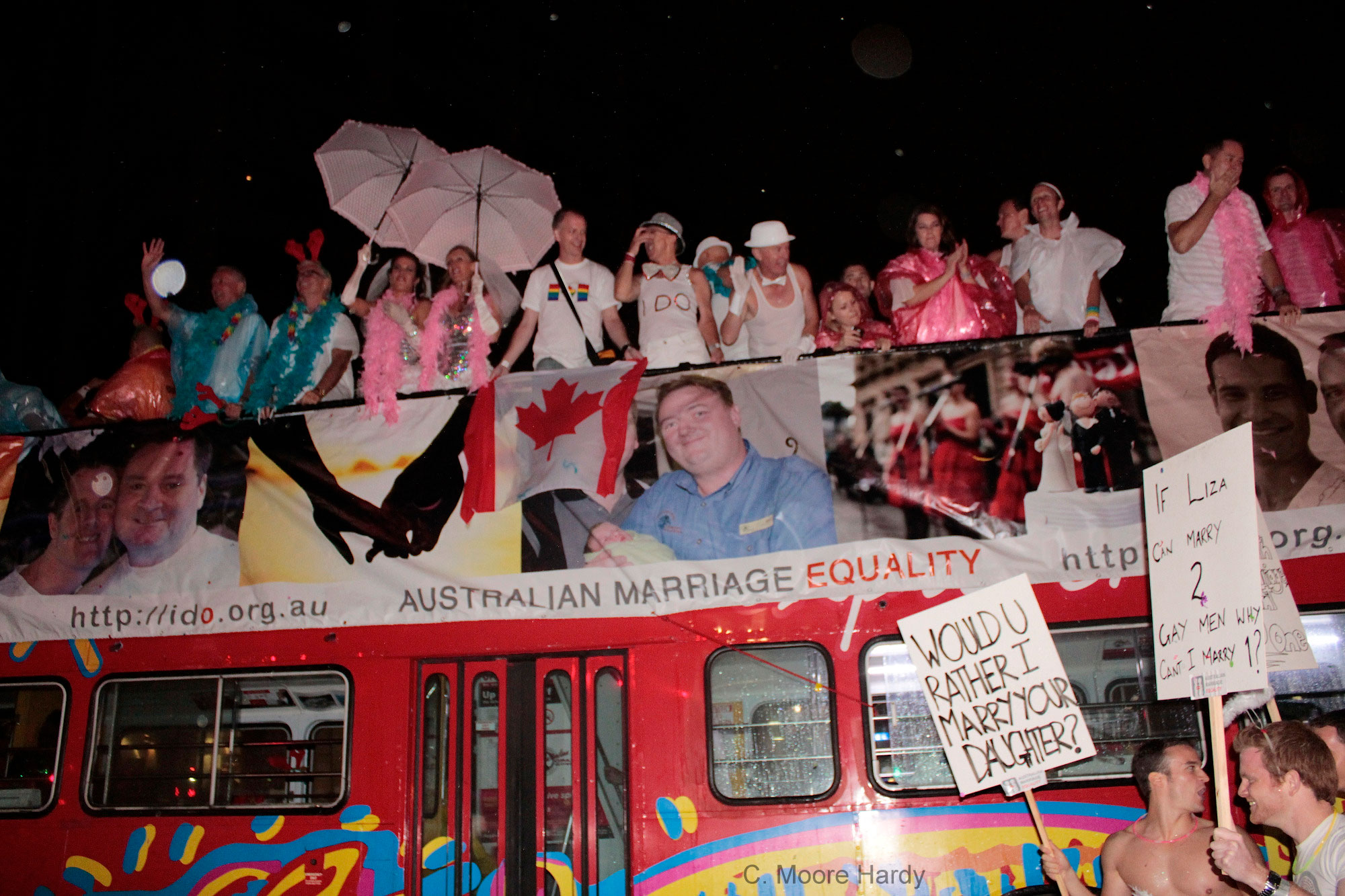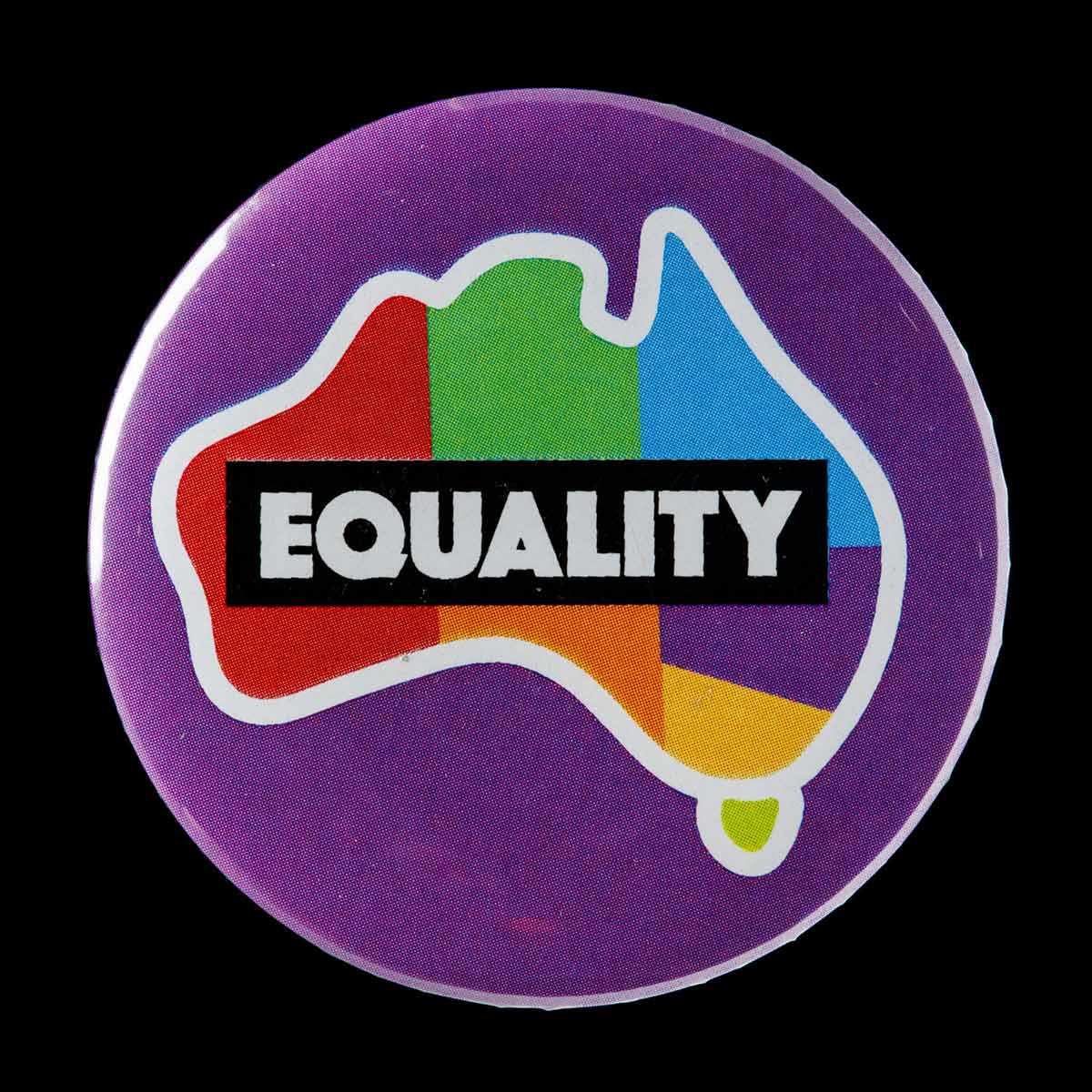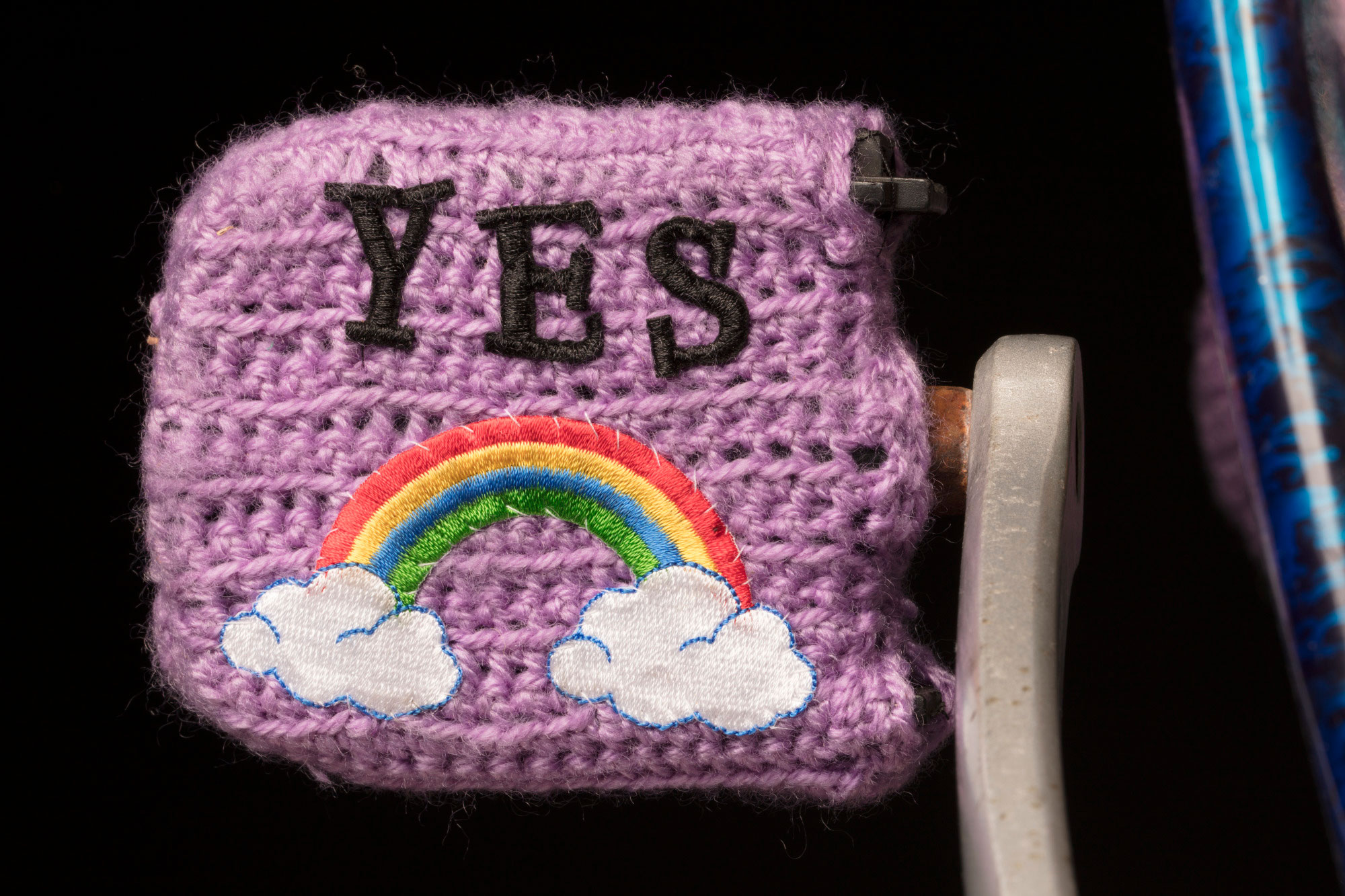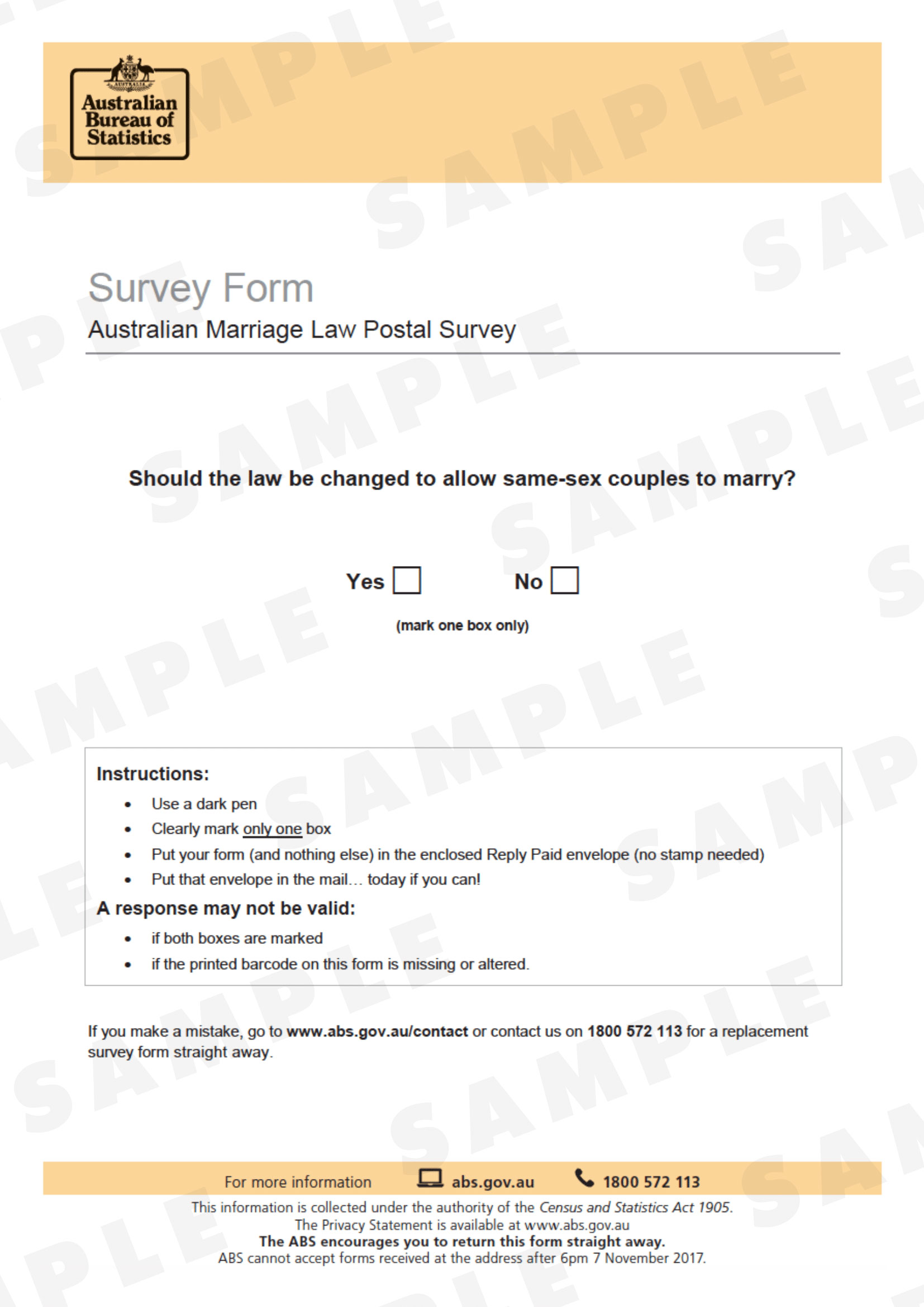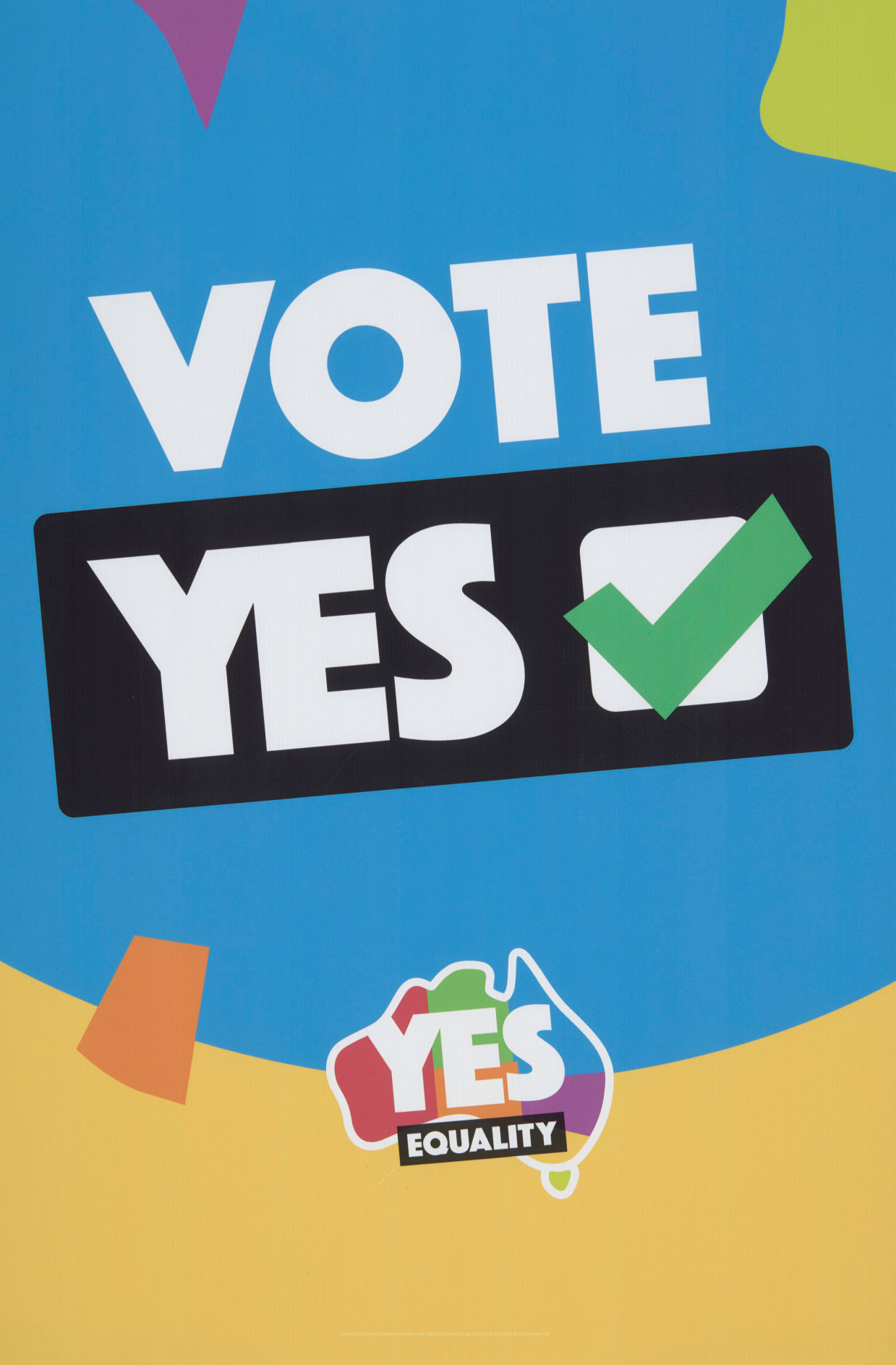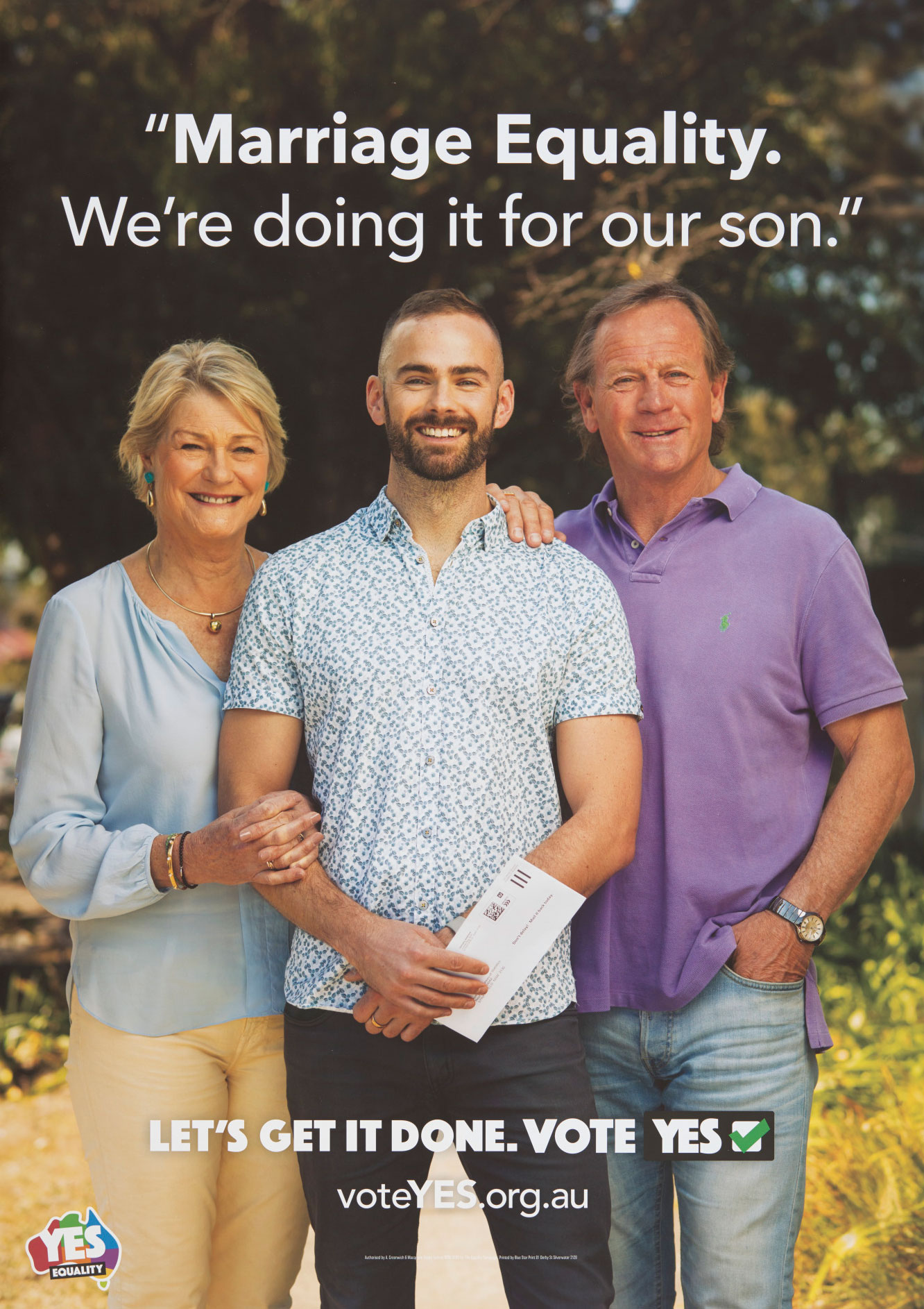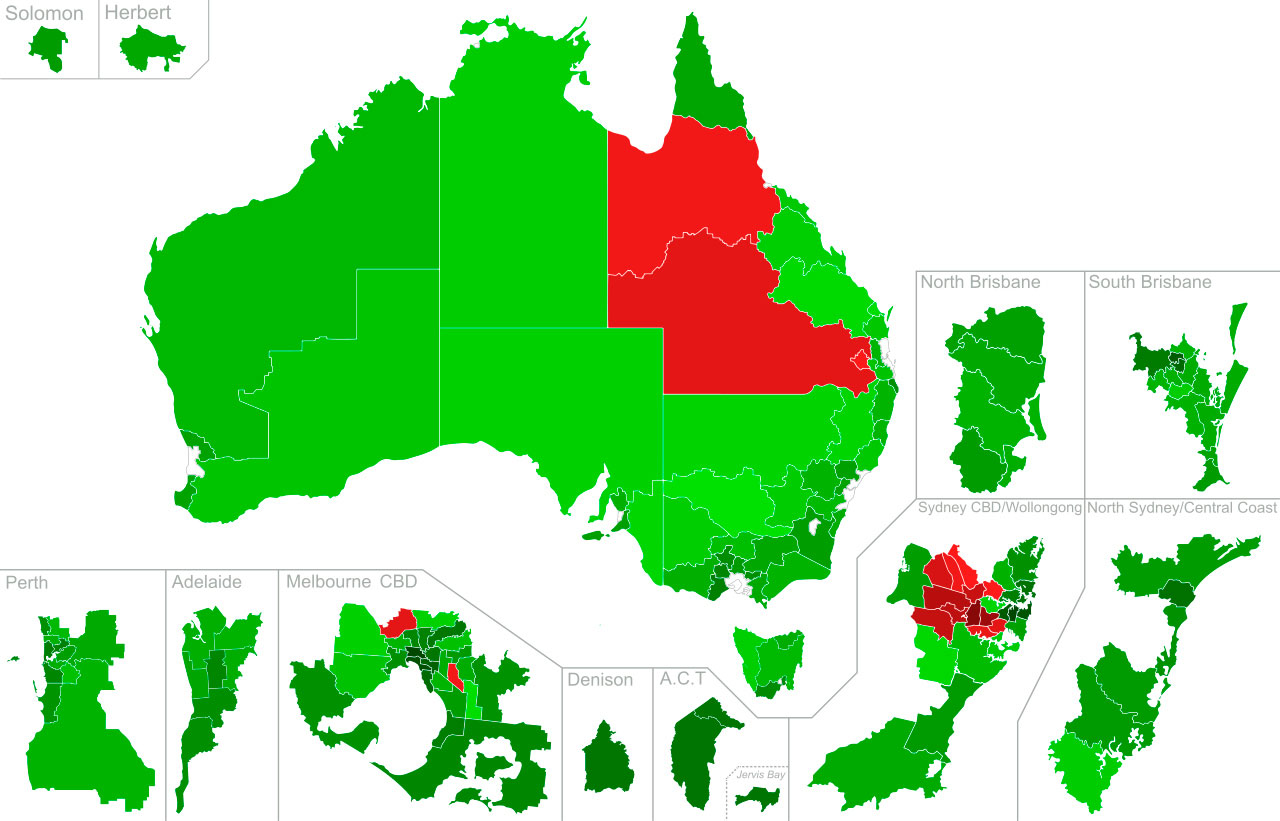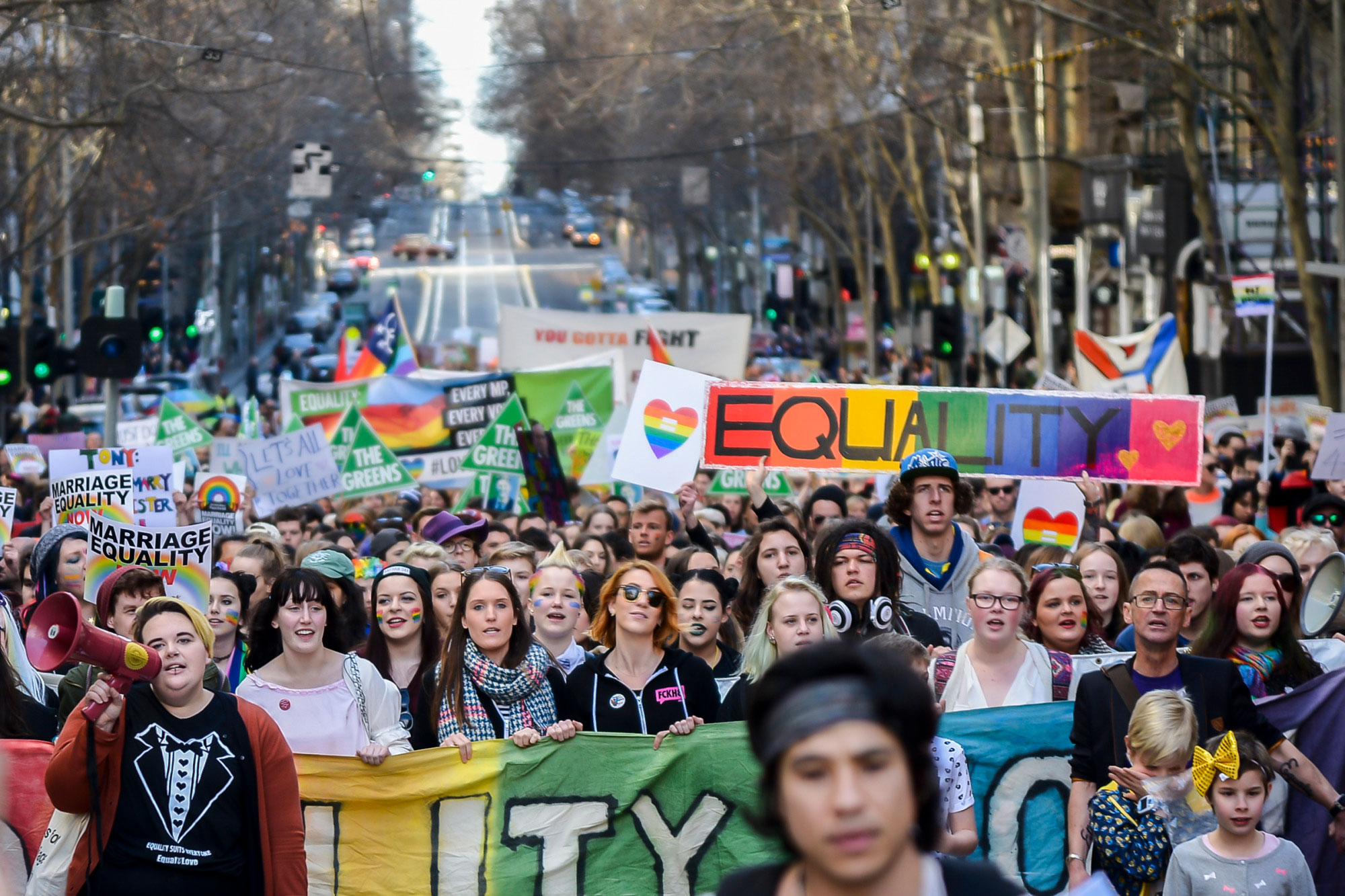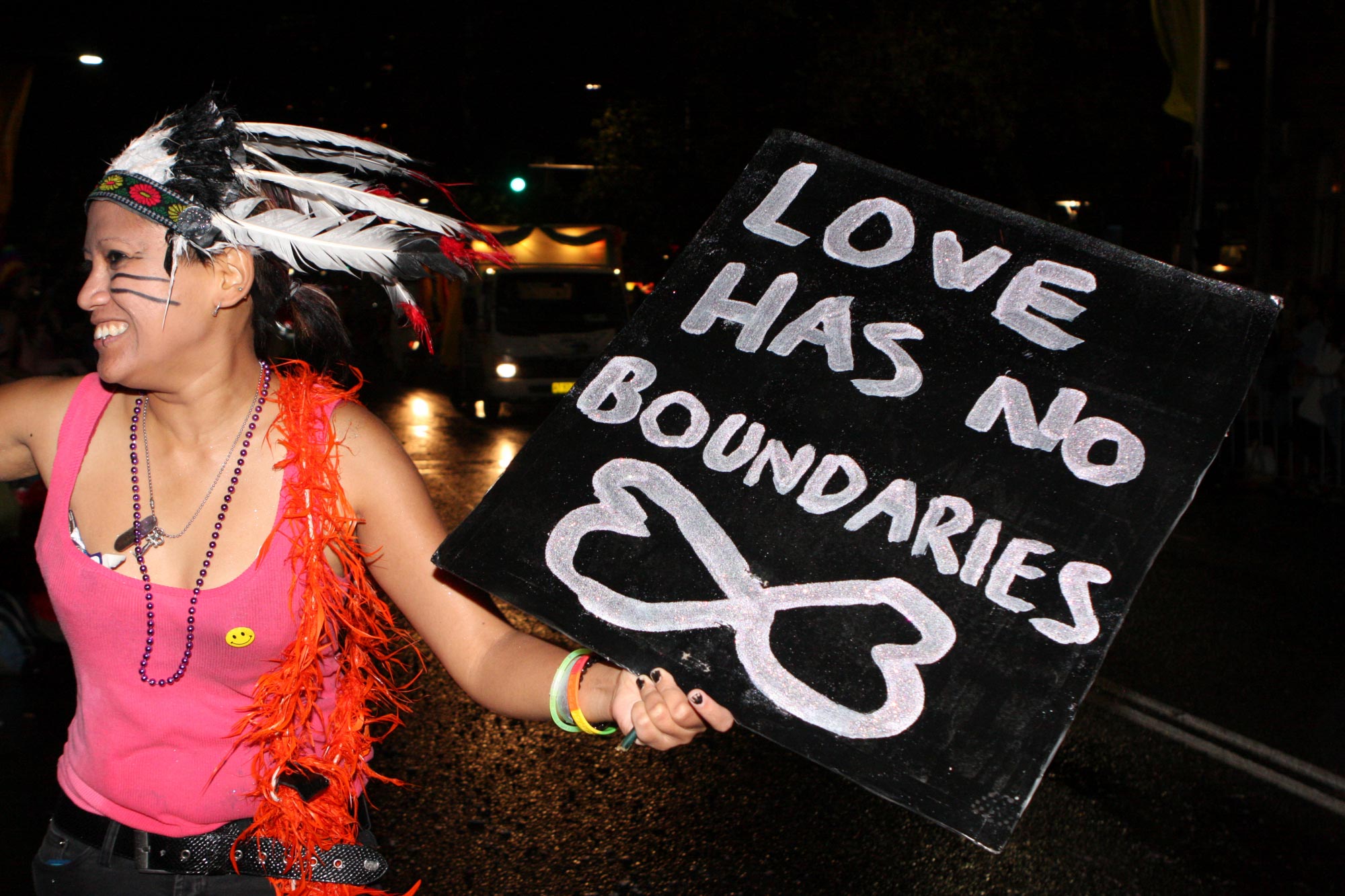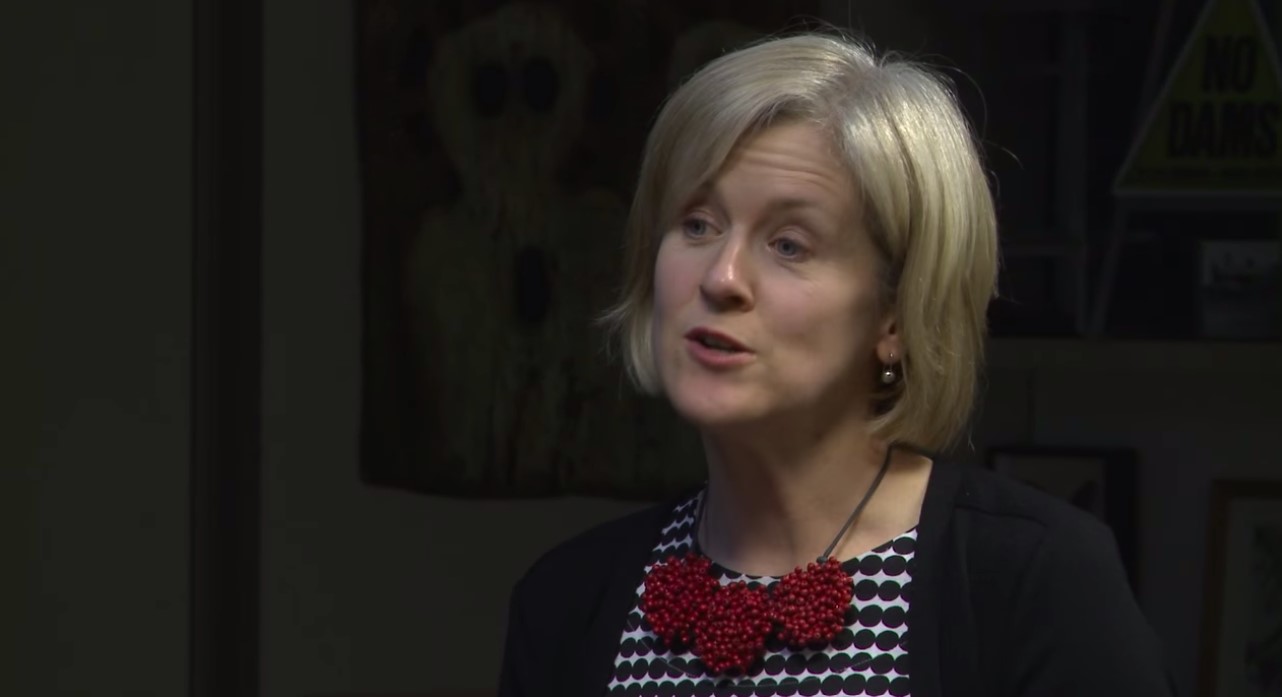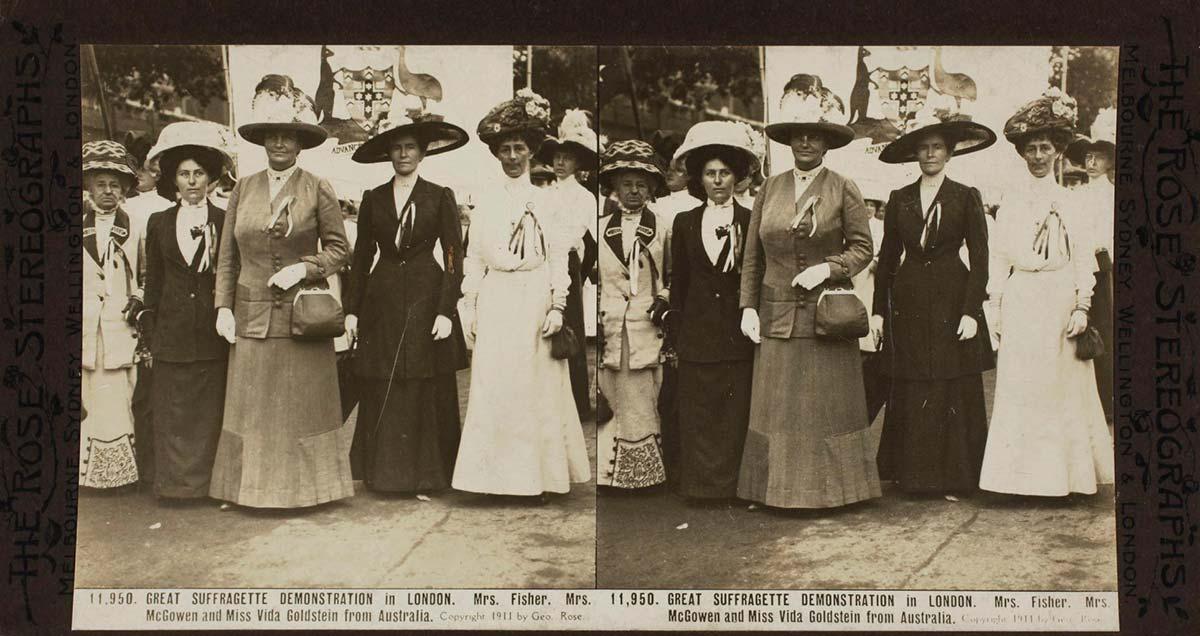‘A day for love’
2017: Same-sex marriage becomes legal in Australia
‘A day for love’
2017: Same-sex marriage becomes legal in Australia
In a snapshot
On 9 December 2017 the federal Marriage Act was amended, giving same-sex couples the right to marry. It came about after decades of campaigning by the lesbian, gay, bisexual, transgender, intersex, queer, and asexual (LGBTIQA+) communities and its supporters. The legalisation of same-sex marriage is seen as an historic moment for equal rights in Australia.
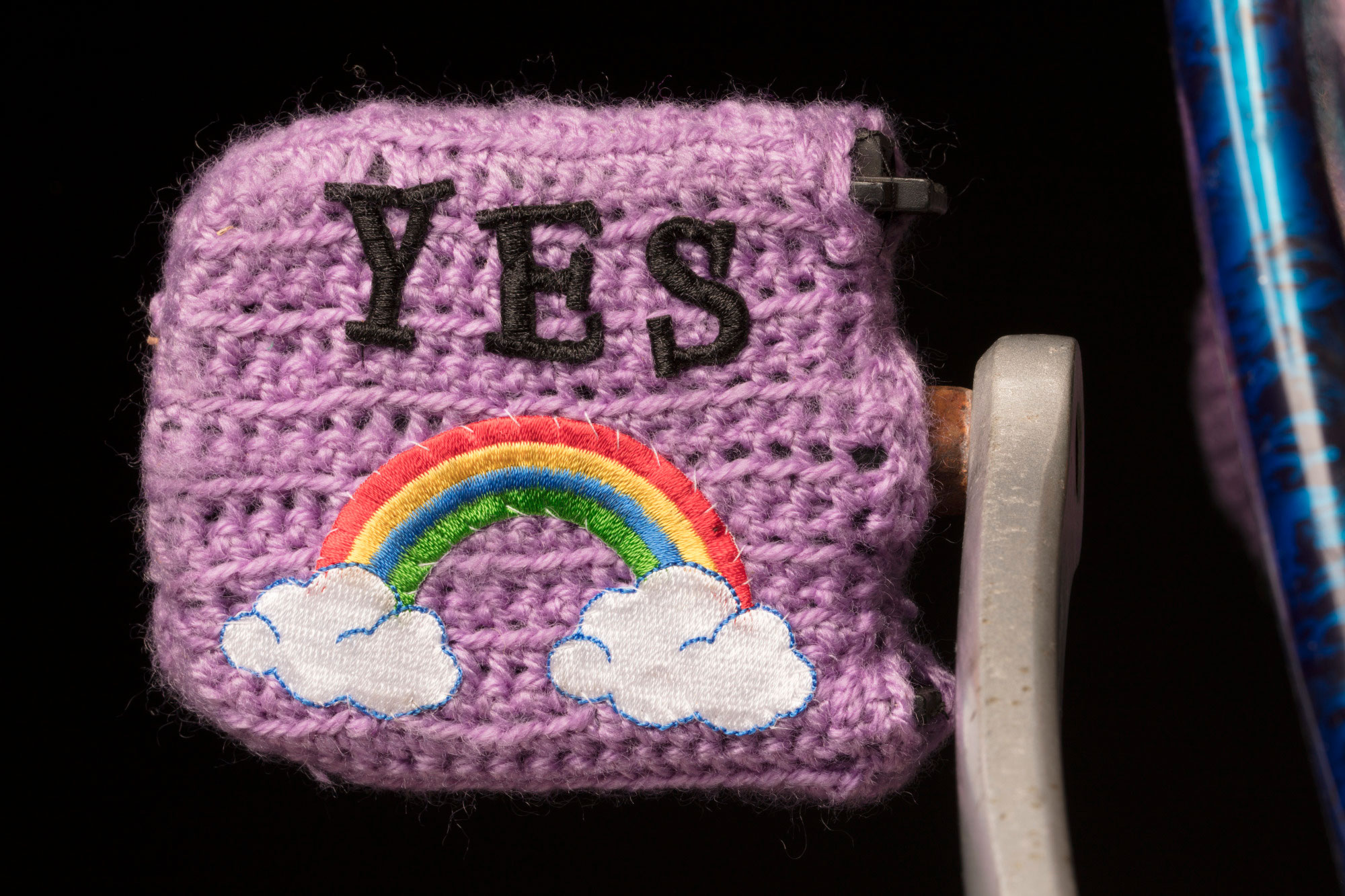
 Can you find out?
Can you find out?
1. Which state was the first to decriminalise homosexuality in Australia? Which state was the last to do this?
2. How was the Marriage Act 1961 changed in 2004? What was the consequence of this change?
3. What was the result of the 2017 voluntary postal survey?
When was homosexuality decriminalised in Australia?
Throughout Australia's history LGBTQIA+ people, like those in most countries, have faced discrimination. Homosexuality was even considered a crime, and people were arrested and imprisoned up until the 1970s.
In May 1972 Dr George Duncan was murdered in Adelaide. He was a law lecturer and gay man. His murder showed the South Australian community that LGBTQIA+ people were often the victims of violence and harassment.
After Dr Duncan’s murder the South Australian government believed that the community was ready for change. In 1975 the South Australian parliament passed a law that decriminalised homosexuality. Similar laws were later passed in the Australian Capital Territory (1976), Victoria (1980), the Northern Territory (1983), New South Wales (1984), Queensland (1990) and Tasmania (1997). New laws in Australia in 2008 and 2013 made it illegal to discriminate against same-sex couples and their children. But same-sex marriage was specifically excluded from these laws.
How has marriage been regulated in Australia?
The Marriage Act 1961 is the federal law which sets out the rules for marriage in Australia. When it was passed in 1961 politicians assumed that marriage would only occur between a man and a woman.
In 2004 the Australian Government, led by Prime Minister John Howard, added a definition of marriage to the 1961 law. This definition specifically stated that marriage could only occur between a man and a woman. The government said that its aim was to ‘protect the institution of marriage’.
After this change calls for marriage equality grew stronger and gained support from many politicians, the media, and the broader Australian community. Between 2004 and 2016 politicians introduced more than 20 marriage equality Bills into the Australian Parliament. But none were successful.
Some people in Australia still opposed same-sex marriage because of personal, cultural and religious beliefs.
‘At long last, LGBTIQ Australians will be equal under the law. Our law will speak for a modern Australia, inclusive and fair.’
Plebiscite or postal survey?
In 2016 the government promised to consult the Australian community on same-sex marriage by holding a compulsory national plebiscite. But the Australian Parliament did not support a plebiscite. The government decided to hold a voluntary postal survey instead.
Many people in the community and parliament did not think that a postal survey was a good idea either. They felt that marriage equality was a human rights issue and that parliament should simply pass a law to allow same-sex marriage.
Research task
Do some research to find out how many countries now allow same-sex marriage. Do any of the countries on this list surprise you?
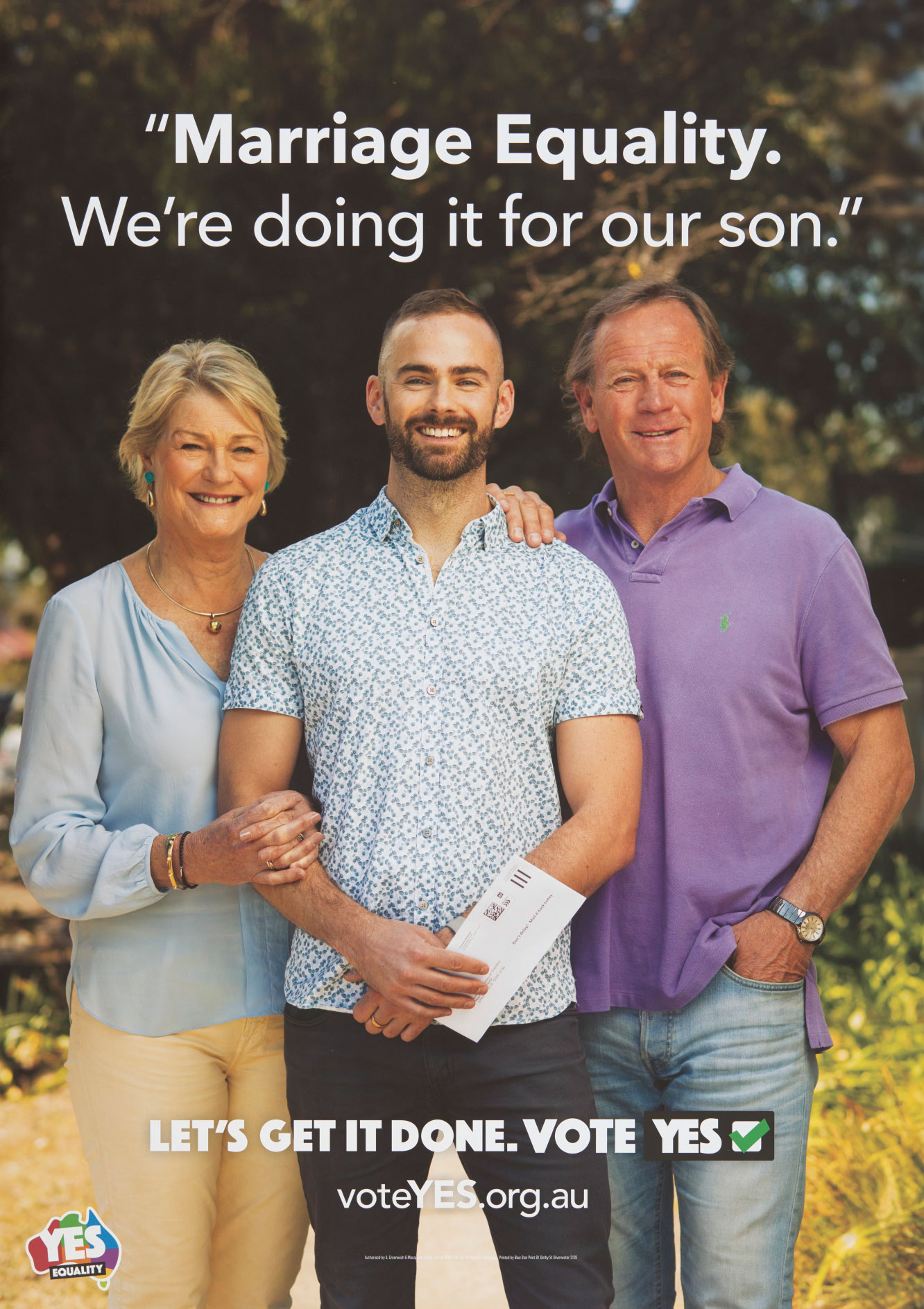
But the postal survey went ahead. The survey asked voters to answer either ‘yes’ or ‘no’ to the question: ‘Should the law be changed to allow same-sex couples to marry?’
Almost 13 million people, or nearly 80 per cent of eligible Australians, took part in the survey on 15 November 2017. A total of 61.6 per cent of these voted ‘yes’. Three weeks later the Australian Parliament amended the Marriage Act, redefining marriage as ‘a union of two people’.
Other countries that recognise same-sex marriage include New Zealand, Canada and the United States as well as many South American and European countries.
‘What a day. What a day for love, for equality, for respect. Australia has done it. Every Australian had their say and they said, “It’s fair. Get on with it,” and the Parliament has got on with it and we have voted today for equality, for love.’
Read a longer version of this Defining Moment on the National Museum of Australia’s website.
 What did you learn?
What did you learn?
1. Which state was the first to decriminalise homosexuality in Australia? Which state was the last to do this?
2. How was the Marriage Act 1961 changed in 2004? What was the consequence of this change?
3. What was the result of the 2017 voluntary postal survey?






